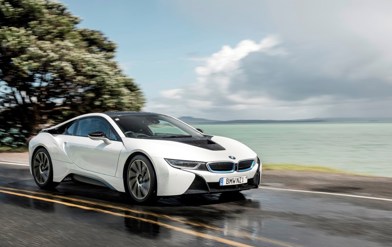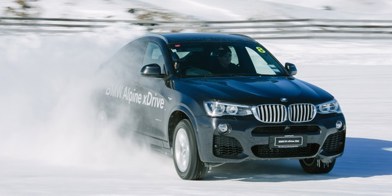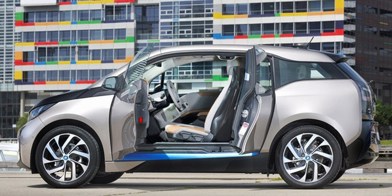There have been tweaks and upgrades along the way, but this is a landmark model: the first properly new version of the Mitsubishi Outlander Plug-in Hybrid Electric Vehicle (PHEV) since the groundbreaking original was launched back in 2013.
The headlines for the new model are a vastly improved pure-electric driving range and the availability of a seven-seat layout; previously, only the Internal Combustion Engine (ICE) models offered seven seats, with that third-row space occupied by the extra powertrain hardware in the PHEV version.
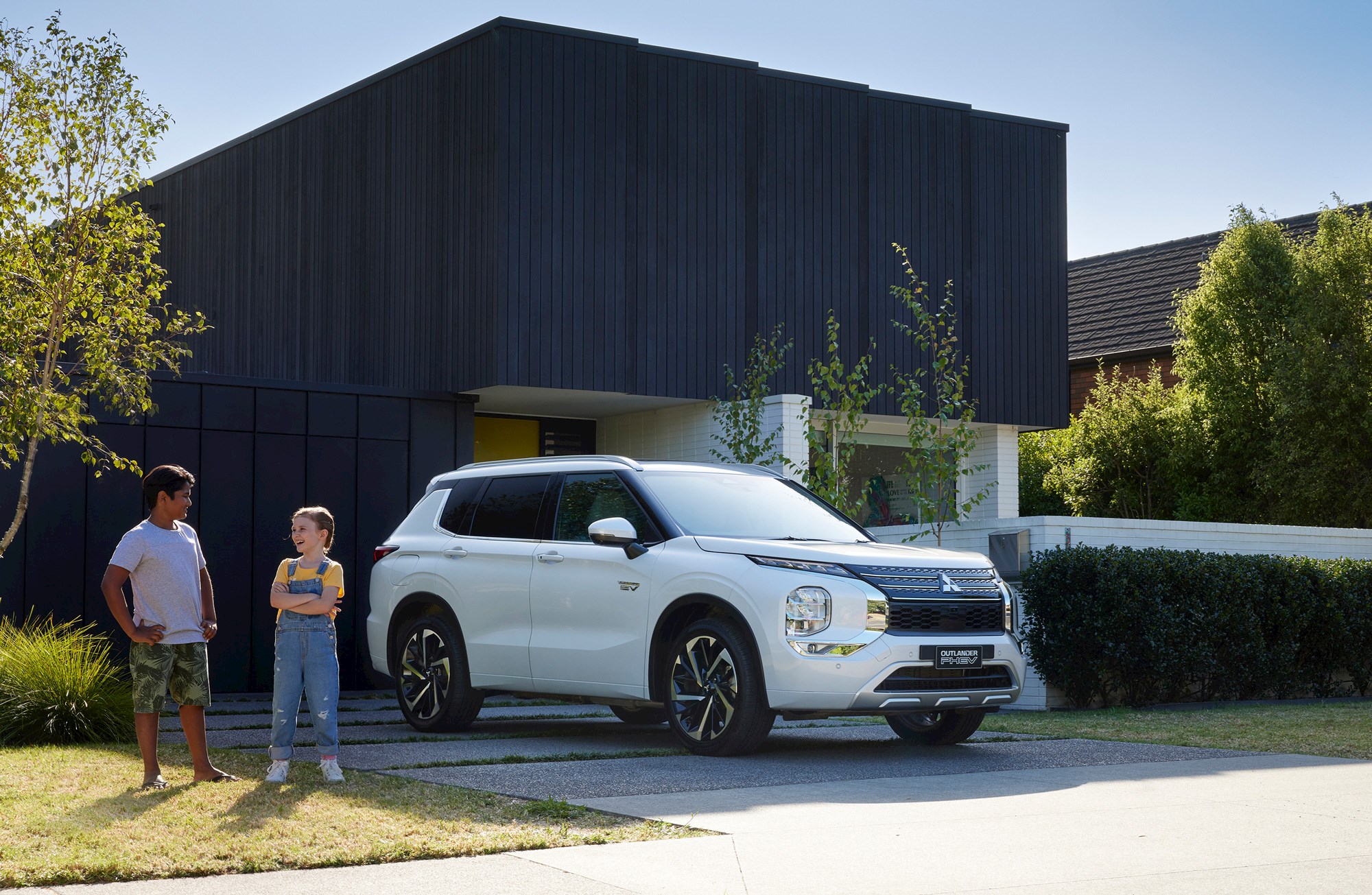
The EV range of the Outlander is now a deeply impressive 84km, up 29km on the outgoing model and a figure that puts the Mitsubishi at top end of pure-electric driving for any PHEV on the market, at any price. It comes courtesy of a plug-in battery that has grown by 45 per cent to 20kWh (think of an EV battery like an ICE car’s fuel tank and you’ll get the picture). A new battery cooling system employs the air conditioning to control the temperature – unlike the previous model that relies on forced air. A heat pump is also new for the PHEV.
The Outlander retains both AC and DC charging capabilities, meaning it can be plugged it at home or on a public DC fast-charger; the latter is still quite unusual for PHEVs. It takes approximately 12 hours on a domestic socket for a full charge, or 40 minutes to 80 per cent on a public DC station. A new charge port indicator allows owners to see the charge status at a glance.
The petrol engine has gained 4kW, but the front electric motor has been boosted by 25kW/118Nm to 85kW/255Nm, and the rear by 30kW to 100kW/195Nm (the torque is unchanged). That’s a lot of stat stuff, but the key figures are a combined petrol-electric output of 185kW/450Nm for the new model, and increase of 55kW/118Nm.
It’s still a full AWD PHEV powertrain, employing Mitsubishi’s Super All Wheel Control (S-AWC) system. The twin-motor electric powertrain enables precise front-rear and left-right torque vectoring control – a more capable and faster-reacting setup than the ICE Outlander’s AWD clutch.
The PHEV retains all the electrified modes of the previous model, but they are now contained in a single button: you now press one control to cycle through EV, Save, Charge and Normal (which still prioritises EV driving depending on charge) settings.
The new Outlander also has a “one pedal driving” mode, to allow BEV-style maximum-regeneration that means the car will slow and stop without the driver using the brake pedal.
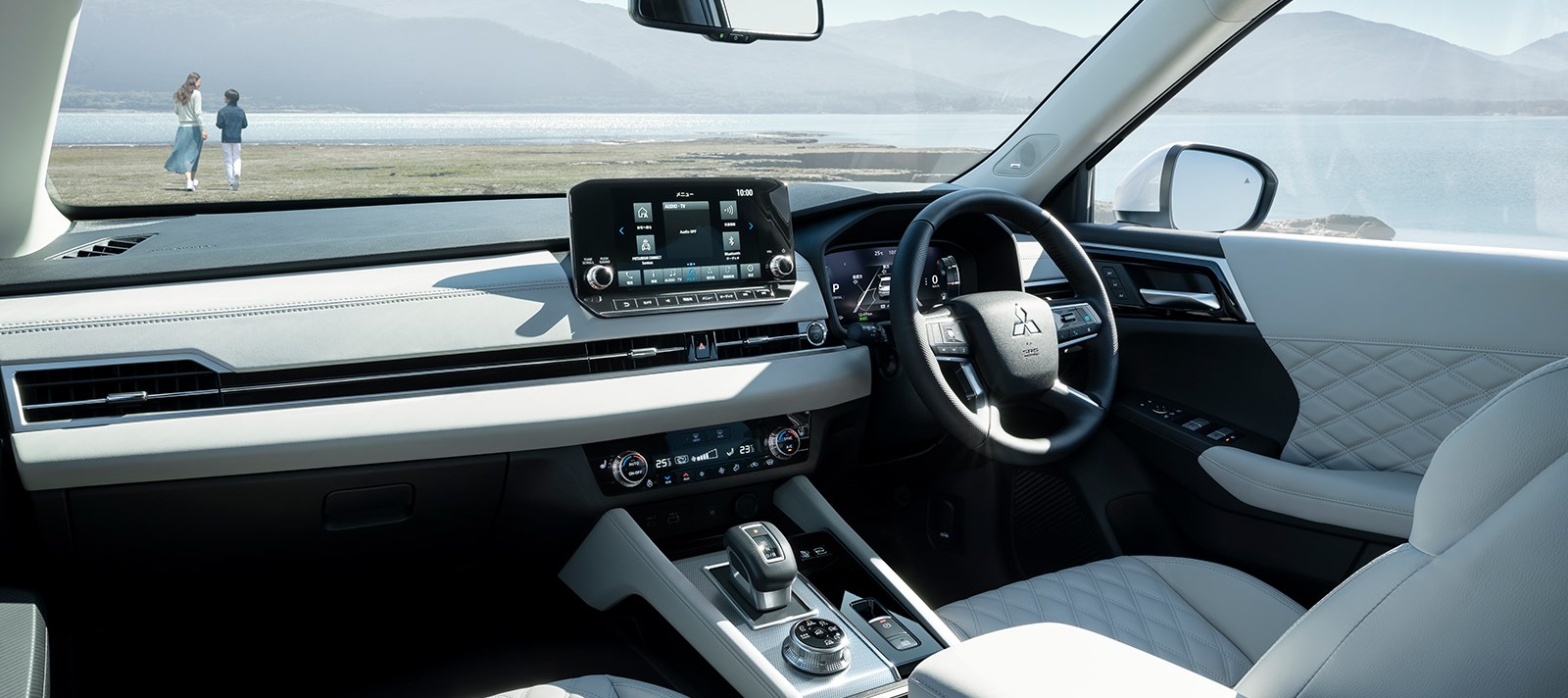
A new, separate Drive Mode Selector contains the more conventional SUV-type Tarmac, Gravel, Snow, Mud, Normal and Eco settings, as well as a Power mode that provides sharper throttle reponse and more direct steering feel.
All Outlander PHEVs now get a 12.3in digital driver display, including displays for motor/engine output and an energy flow meter. The infotainment screen can display charge-specific information, including the location of nearby stations and charge timing.
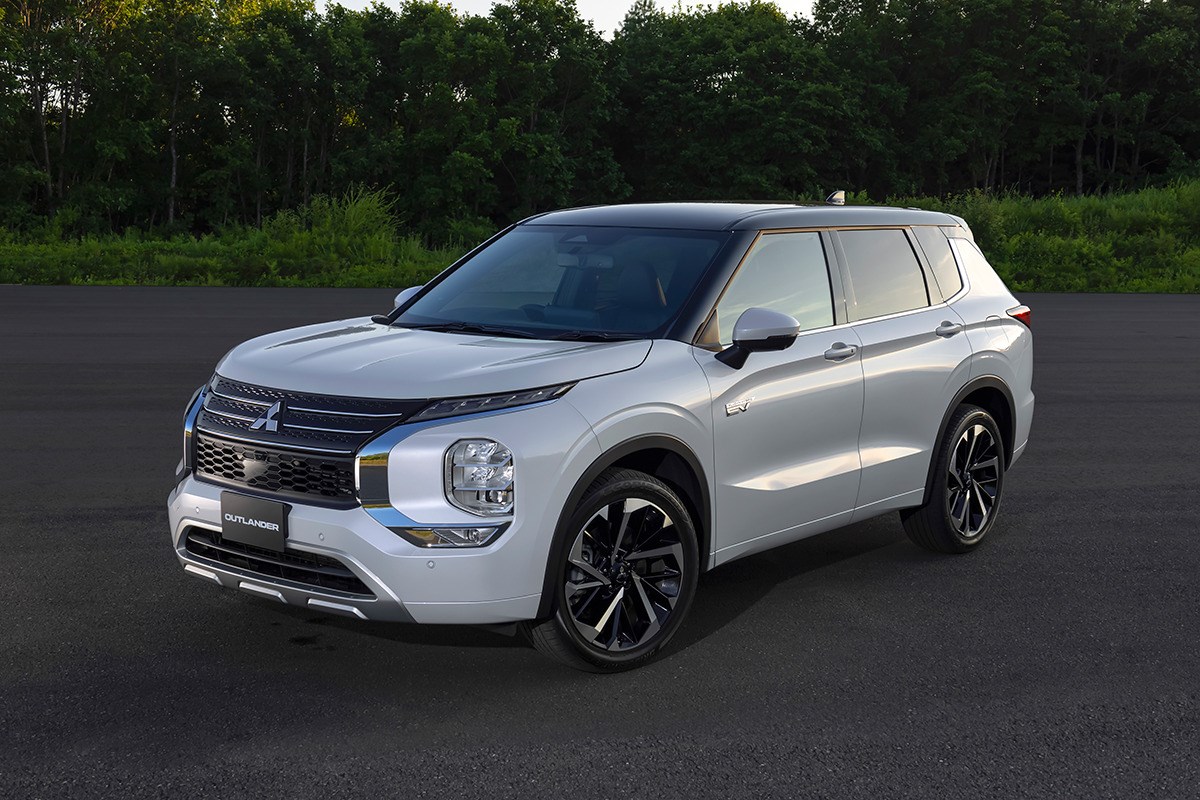
The entry LS, mid-range XLS and flagship VRX models are all being launched at special prices for a limited time: $60,990, $67,990 and $73,990 respectively. Standard prices range from $69,990 to $79,990 – all still eligible for the Government’s Clean Car Discount of $5750 for PHEVs.
The LS still features the “floating” roof design with blacked-out pillars, 18-inch wheels and keyless operation. It’s a five-seater only.
The XLS adds the third-row seating, 20-inch wheels, extra trim and a list of standard interior equipment that includes synthetic leather upholstery, three-zone climate control and wireless phone charging.
Standard equipment on the VRX includes full leather (with a grey colour option), head-up display, surround-view cameras with moving object detection and power tailgate with hands-free operation.
The VRX also features a Bose premium sound system with nine speakers including mid-range units and a subwoofer.
The top VRX model features a 1500W power supply that can be accessed through three-pin (just like at home) outlets in the centre console and cargo area. It can power domestic/camping equipment or provide emergency power when required.
A new third-row seating system has been developed for the PHEV (different to the ICE models). It’s a bench rather than a 50/50 split, but can be folded without removing the headrests. Once stowed, the cargo floor is flat. Because the entry LS is a five-seater, it has room under the boot floor to store the charge cable; the XLS and VRX seven-seaters come with a charge cable case to keep in the boot.
The Outlander PHEV has always been a quiet achiever. It doesn’t look dramatically different from the ICE model save “PHEV” badging; the nine exterior colours also mirror the rest of the range.
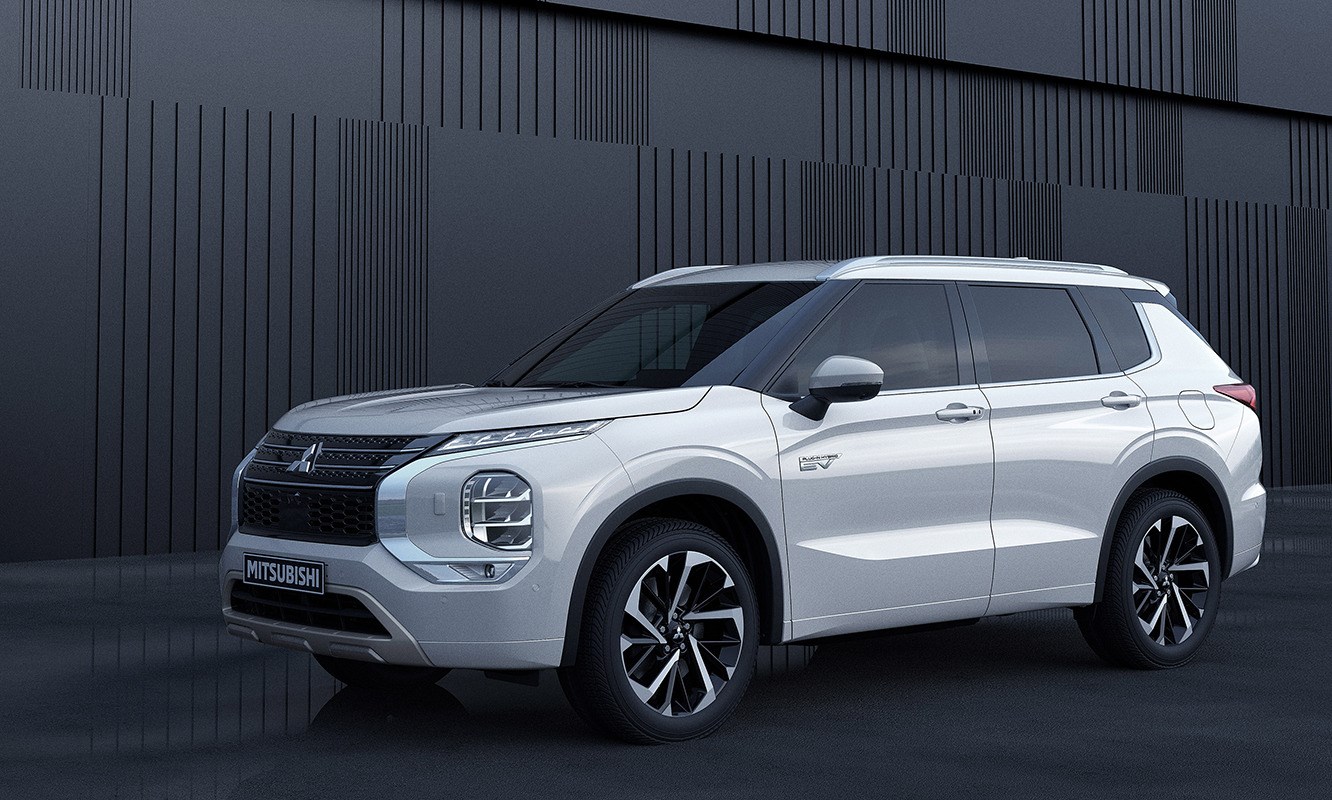
BREAK IT DOWN
MITSUBISHI OUTLANDER PHEV
ENGINE: 2.4-litre petrol engine with plug-in hybrid system (20kWh battery) and dual electric motors
POWER: 185kW/450Nm (combined)
GEARBOX: Continuously variable automatic, AWD
ECONOMY: 1.5l/100km, CO2 35g/km
PRICE RANGE: $69,990 to $79,990 (special launch pricing $60,990-$73,990)







